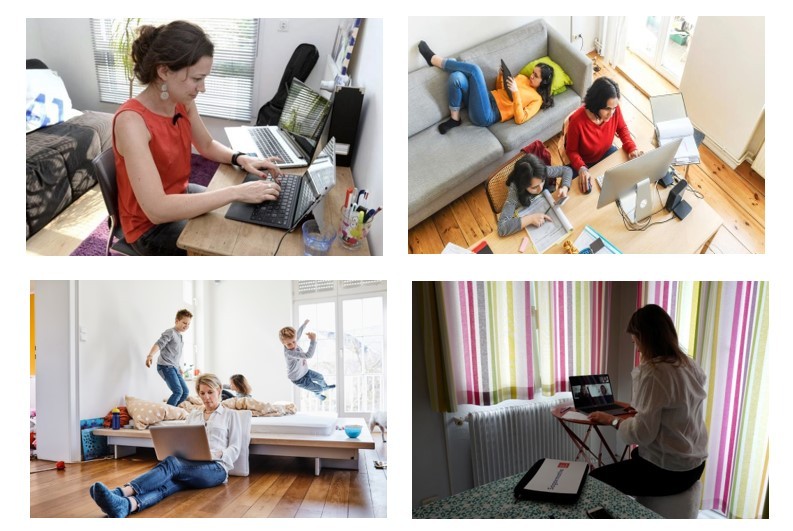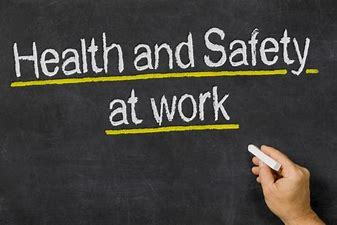How things have changed ?

Six months since the UK began its first lockdown in March and 50% of office workers have yet to return to the office. What started as a nationwide lockdown to limit the spread of Covid-19 has spawned a totally new way of working for many. Even those accustomed to the odd day of Working From Home (WFH) could not have been prepared for enforced working from home, often with a partner in the same boat as well as children home from school, competing for devices and WIFI signal for their own zoom classes!
All in all, for many people, this new period of Working From Home which started mid-March, has left them in limbo with their new Working From Home environment only vaguely reflecting the offices they left behind over six months ago. Indeed for many the only similarity is that a computer and a phone is involved. The drift from being a temporary situation, to a more permanent solution to how we work is often reflected in everyday anecdotal evidence. From those over six foot tall working in cramped homemade ‘desks’ at the end of a bed, to those sharing a kitchen table with their other half and two kids, the flat sharers avoiding each other by working from their bed, the physical strain is as disrupting as the mental fatigue of trying to work and live in the same space because there was little time to prepare.

Even as a return to ‘normal’ was deemed appropriate over the summer months, and many offices worked tirelessly to adopt Covid-secure workplace regulations, for many the return to the office was untenable, whilst others simple wanted to continue to enjoy the new found comfort in the freedom of working in their joggers at home. Now with autumn upon us, there is again a strong push to remain at home unless your travel is essential, so what has changed in terms of employer obligation, and employee rights?

The inevitability of increasing numbers of people Working From Home has led to an overhaul of the Display Screen Equipment (DSE) regulations that the Health and Safety Executive (HSE) are providing to employers to ensure that employees can safely work from home for the foreseeable future. Whilst the DSE regulations were originally conceived for the office, their field of application now covers all potential workplaces such as traditional offices, coworking spaces, work on the go and more importantly Working From Home (WFH) offices. In addition, regarding the WFH, there are now different obligations if your WFH is temporary or long term. Those expected to work from home long term, are now to be covered by the same DSE regulations as per their office.

No doubt those changes will require some adaptations and some thinking for employers but the key point to remember:
Overall, companies cannot stay complacent.
Agileapp by Agilea, was originally designed for offices, arranged around the New Ways of Working, or Agile Working. This concept which has been popular over the last few years, is based on the premise that the employee can combine work location and type of work, which results in an employee not having a dedicated workplace. The major risk with being transient, is the increase of Musculoskeletal and Mental Health issues. Agileapp, with its innovative concept, designed for transient workplace arrangement allows:
- Employees to stay informed and trained in best practices, regardless of their working location
- Employers to audit and address workplace issues, resulting in the reduction of Musculoskeletal issues appearing
So, if you want to use a solution which is in line with the current regulations, and capable of improving your workplace well-being, look no further than Agileapp.